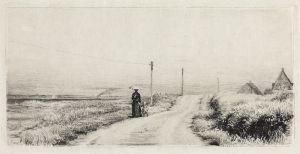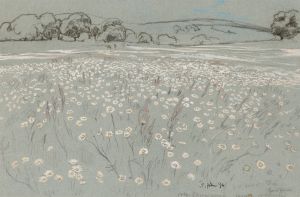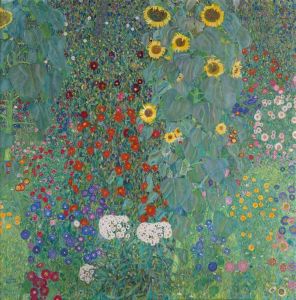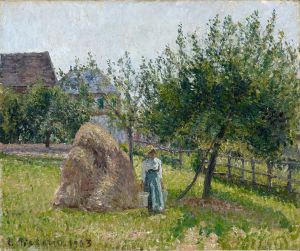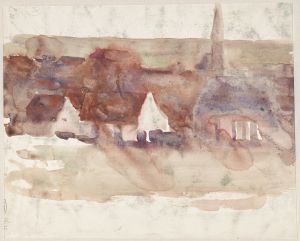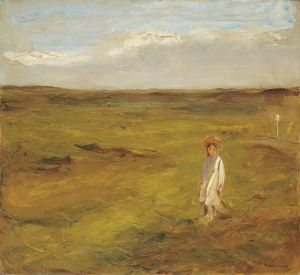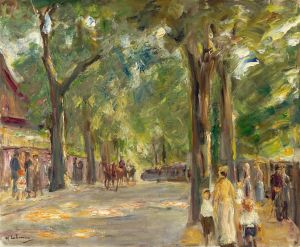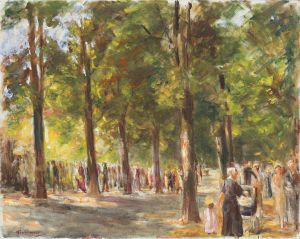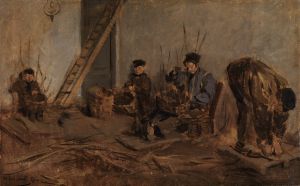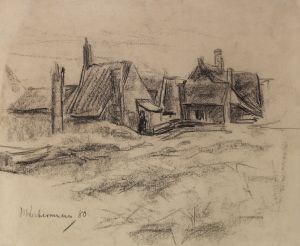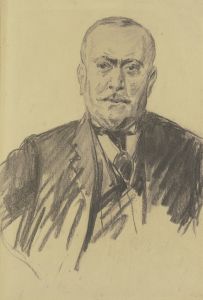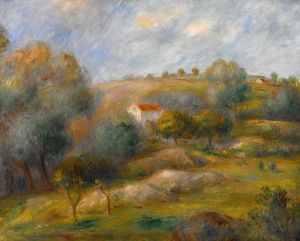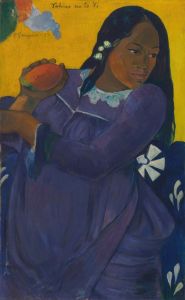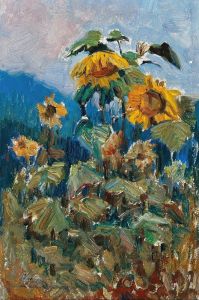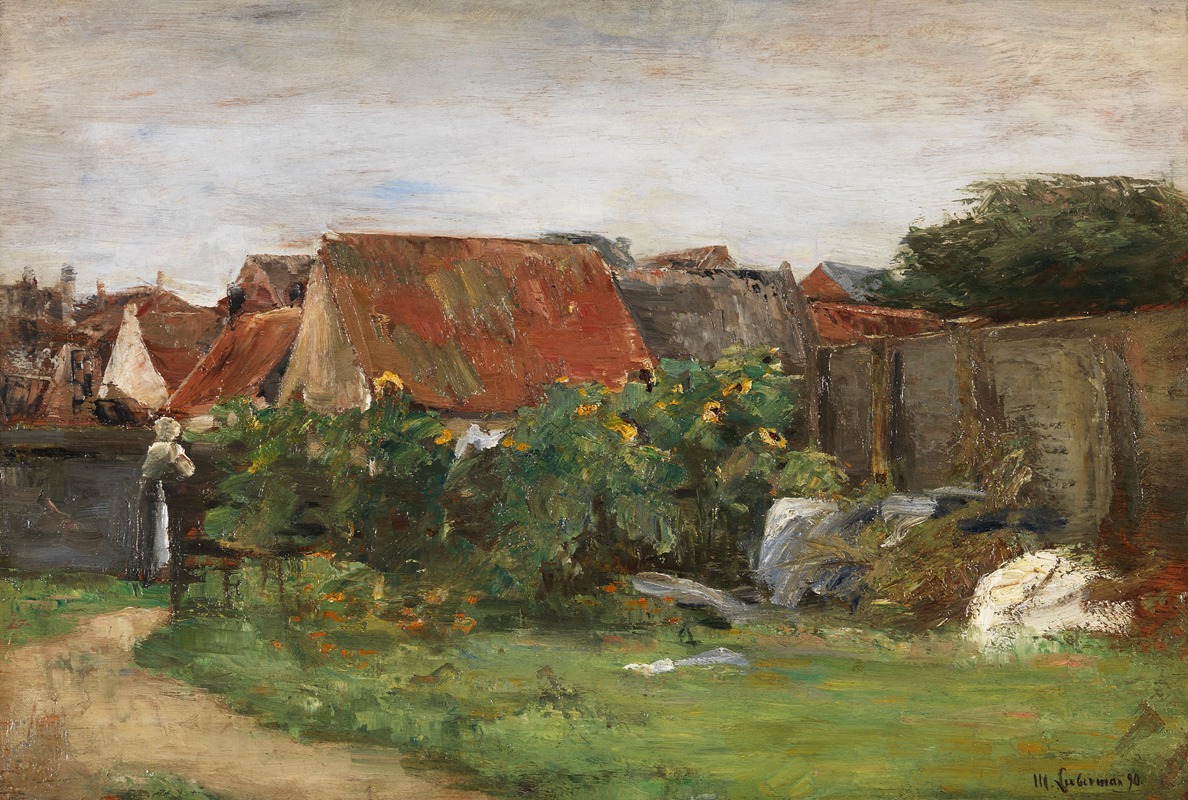
Dorfhäuser mit Sonnenblumen
A hand-painted replica of Max Liebermann’s masterpiece Dorfhäuser mit Sonnenblumen, meticulously crafted by professional artists to capture the true essence of the original. Each piece is created with museum-quality canvas and rare mineral pigments, carefully painted by experienced artists with delicate brushstrokes and rich, layered colors to perfectly recreate the texture of the original artwork. Unlike machine-printed reproductions, this hand-painted version brings the painting to life, infused with the artist’s emotions and skill in every stroke. Whether for personal collection or home decoration, it instantly elevates the artistic atmosphere of any space.
"Dorfhäuser mit Sonnenblumen" (Village Houses with Sunflowers) is a painting by the renowned German artist Max Liebermann, a leading figure in the German Impressionist movement. Liebermann was born on July 20, 1847, in Berlin, and he became one of the most influential artists in Germany during the late 19th and early 20th centuries. His work is characterized by a departure from the academic art of the time, embracing instead the naturalism and light-infused techniques of Impressionism.
The painting "Dorfhäuser mit Sonnenblumen" was completed in 1920, during a period when Liebermann was particularly focused on capturing the serene and idyllic aspects of rural life. This work exemplifies his mature style, where he skillfully combines elements of Impressionism with a keen observation of everyday scenes. The painting depicts a tranquil village scene, featuring rustic houses surrounded by vibrant sunflowers. The composition is noted for its harmonious balance and the way it captures the warm, golden light of a sunny day, which is a hallmark of Liebermann's later works.
Liebermann's choice of subject matter in "Dorfhäuser mit Sonnenblumen" reflects his deep appreciation for the simplicity and beauty of rural landscapes. The sunflowers, a recurring motif in his work, symbolize vitality and the cycle of life, while the village houses evoke a sense of stability and tradition. The painting is celebrated for its loose brushwork and the way Liebermann captures the play of light and shadow, creating a sense of depth and atmosphere.
Throughout his career, Max Liebermann was influenced by the French Impressionists, particularly Édouard Manet and Claude Monet, whose works he encountered during his travels to Paris. This influence is evident in his use of color and light, as well as his focus on capturing fleeting moments of everyday life. However, Liebermann's work also retains a distinctively German character, often reflecting the cultural and social milieu of his homeland.
"Dorfhäuser mit Sonnenblumen" is part of a larger body of work that Liebermann produced during his time at his summer residence in Wannsee, near Berlin. This period was marked by a prolific output of paintings that explored themes of leisure, nature, and domesticity. The Wannsee garden, with its lush vegetation and tranquil setting, provided Liebermann with endless inspiration and became a central theme in many of his paintings.
Max Liebermann's contributions to art extend beyond his paintings. He was a prominent figure in the Berlin Secession, an art movement that sought to break away from the conservative academic standards of the time. As a leader of this movement, Liebermann played a crucial role in promoting modern art in Germany and supporting emerging artists.
"Dorfhäuser mit Sonnenblumen" remains an important work in Liebermann's oeuvre, exemplifying his mastery of light and color, as well as his ability to convey the beauty of everyday scenes. Today, his paintings are held in high regard and can be found in major museums and private collections around the world, continuing to inspire and captivate audiences with their timeless charm and elegance.





